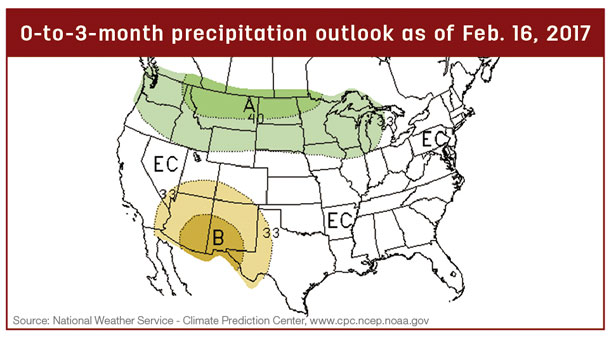Unfortunately, heifers getting bred at 6 to 8 months old is more common than many realize. A limited breeding season also makes castration and vaccination programs easier to implement and allows for more cost-effective feeding programs.
In addition to a limited breeding season, seedstock producers raising bulls should consider separating pairs with bull calves from pairs with heifer calves. Many bull calves have the potential to successfully breed much earlier than we give them credit for.
Prior to the breeding season, bulls should be properly prepared and in a body condition score of 5 to 6. If needed, visit with a nutritionist about appropriate feeding programs because sperm production can be impaired in bulls that are too fat or too thin.

A visit with your veterinarian about appropriate vaccinations, deworming and other health considerations for your bull battery is also helpful. Additionally, a breeding soundness exam a few weeks before the breeding season can be a good insurance policy.
Don’t forget to pay attention to bulls and cows during the breeding season. Overlooking critical warning signs can result in reduced pregnancy rates. Observe bulls to ensure they are actively checking cows and breeding normally. Watch for injuries and foot rot.
Multiple cows coming back into heat after being bred or a high number of cows showing heat late in the breeding season are also important warning signs.
One common mistake made during the breeding season is to pull bulls in for a couple of weeks and feed them 10 to 12 pounds of grain a day or more. Resting the bulls is fine.
However, taking bulls that likely have not seen any or very small amounts of grain for the last 30 to 60 days and then suddenly giving them 10-plus pounds of grain a day can lead to subacute acidosis, which has been shown to reduce fertility for over 80 days. If grain is needed, start with a few pounds a day and then gradually build up. ![]()

-
Jason Banta
- Associate Professor and Extension Beef Cattle Specialist
- Texas A&M University
- Email Jason Banta








